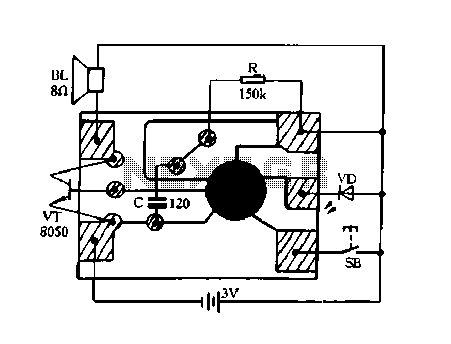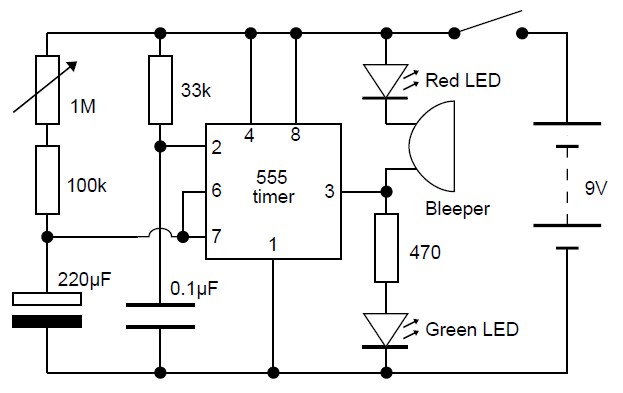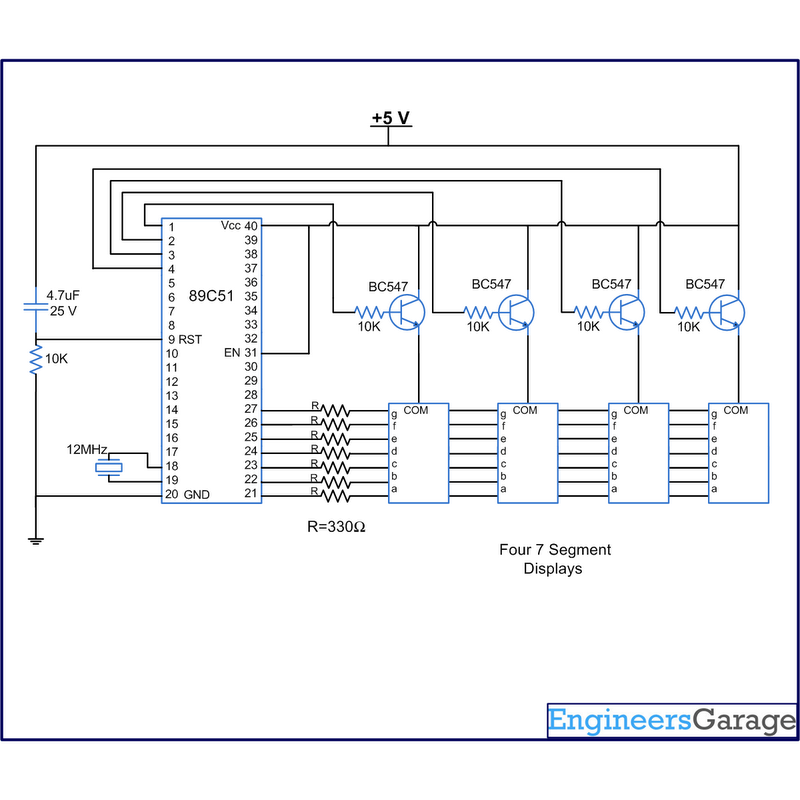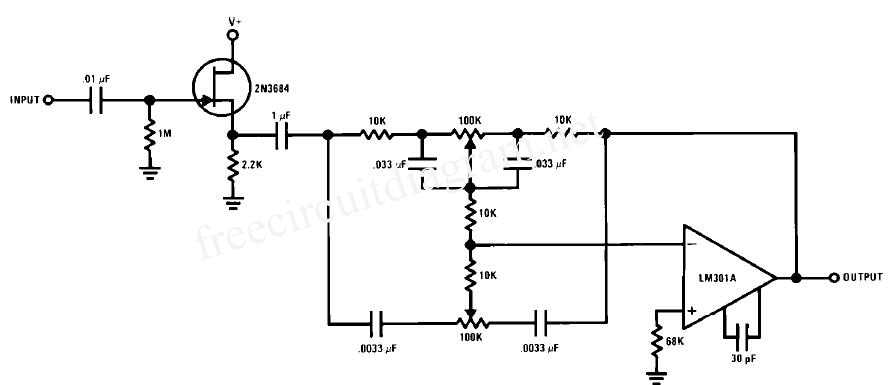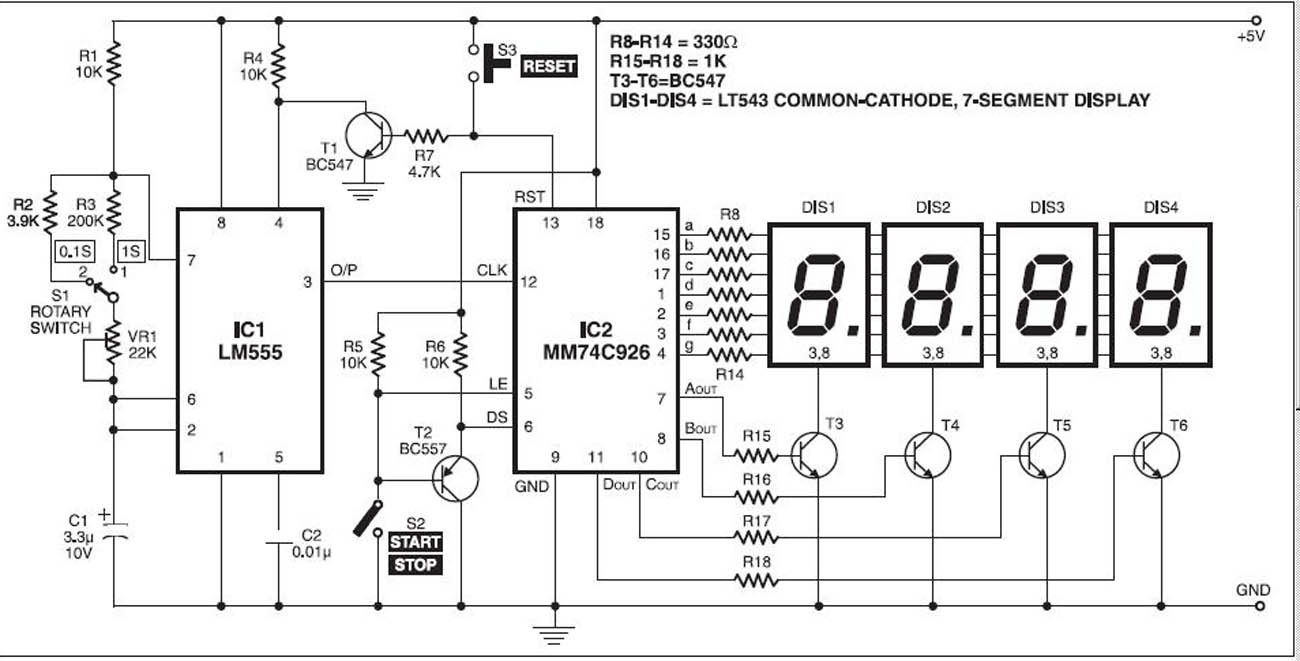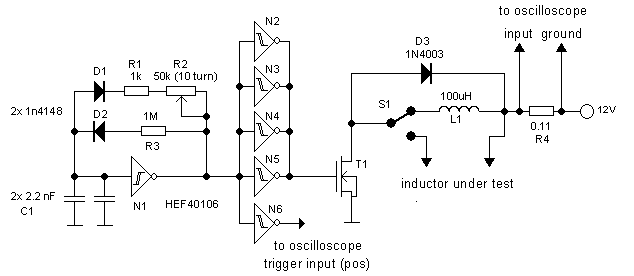
Monolithic/Hybrid Digital to Analog Converters using MC 1408ICSE/NE 5018
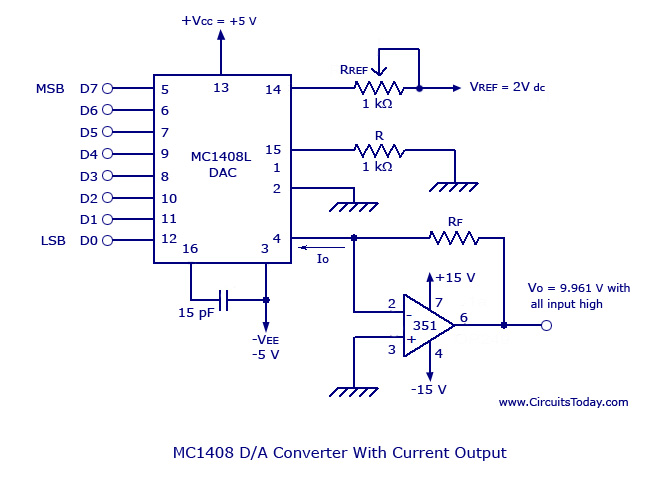
Monolithic/Hybrid Digital to Analog Converters using MC 1408 IC, SE/NE 5018, Specifications and Applications.
Monolithic and hybrid digital-to-analog converters (DACs) are integral components in various electronic systems, facilitating the conversion of digital signals into corresponding analog voltages or currents. The MC 1408 IC and SE/NE 5018 are notable examples of such converters, each offering unique specifications and applications.
The MC 1408 is a monolithic DAC that utilizes an internal resistor ladder network to achieve precise voltage outputs. It operates with a binary-weighted input system, allowing for the conversion of binary-coded decimal (BCD) signals into an analog output. The device is characterized by low power consumption, high linearity, and a wide operating temperature range, making it suitable for applications in consumer electronics, instrumentation, and telecommunications.
The SE/NE 5018, on the other hand, is a hybrid DAC that combines both analog and digital circuitry to improve performance. This converter supports multiple input formats, including binary and BCD, and features a fast conversion time, enabling real-time processing of digital signals. Its robust design and high accuracy make it ideal for applications in audio systems, data acquisition, and control systems.
Both converters are commonly used in various applications such as audio signal processing, video signal generation, and control systems where precise analog outputs are required from digital inputs. Their specifications, including resolution, output range, and power supply requirements, should be carefully considered when selecting the appropriate DAC for a specific application.Monolithic/Hybrid Digital to Analog Converters using MC 1408IC,SE/NE 5018, Specifications and Applications.. 🔗 External reference
Monolithic and hybrid digital-to-analog converters (DACs) are integral components in various electronic systems, facilitating the conversion of digital signals into corresponding analog voltages or currents. The MC 1408 IC and SE/NE 5018 are notable examples of such converters, each offering unique specifications and applications.
The MC 1408 is a monolithic DAC that utilizes an internal resistor ladder network to achieve precise voltage outputs. It operates with a binary-weighted input system, allowing for the conversion of binary-coded decimal (BCD) signals into an analog output. The device is characterized by low power consumption, high linearity, and a wide operating temperature range, making it suitable for applications in consumer electronics, instrumentation, and telecommunications.
The SE/NE 5018, on the other hand, is a hybrid DAC that combines both analog and digital circuitry to improve performance. This converter supports multiple input formats, including binary and BCD, and features a fast conversion time, enabling real-time processing of digital signals. Its robust design and high accuracy make it ideal for applications in audio systems, data acquisition, and control systems.
Both converters are commonly used in various applications such as audio signal processing, video signal generation, and control systems where precise analog outputs are required from digital inputs. Their specifications, including resolution, output range, and power supply requirements, should be carefully considered when selecting the appropriate DAC for a specific application.Monolithic/Hybrid Digital to Analog Converters using MC 1408IC,SE/NE 5018, Specifications and Applications.. 🔗 External reference
